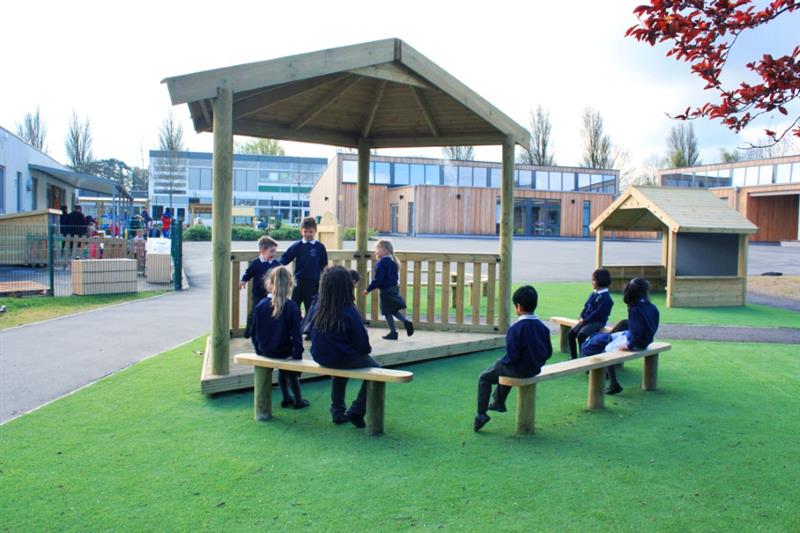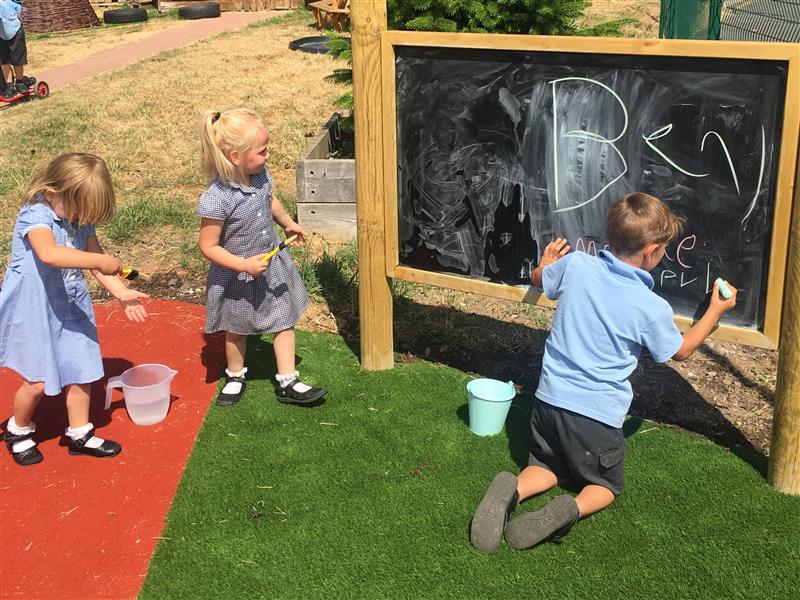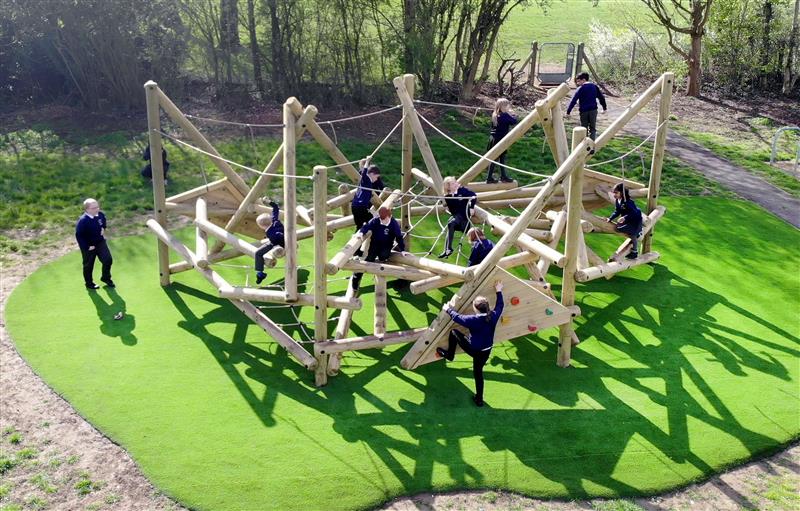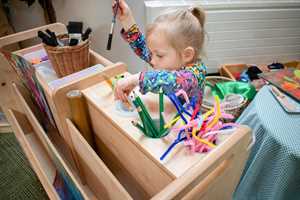Children's Health
How Outdoor Play Can Support Children With Otitis Media with Effusion On The Playground
Otitis Media with Effusion (OME), also known as glue ear, is a common childhood complaint, affecting 8 out of 10 children at any time before the age of 10. It occurs in the middle ear and temporarily impairs a child’s ability to hear clearly and as a result it may affect speech and language development.
As the lining behind the nose and ears is very similar, much like a cold, it causes a build up of mucous or ‘snot’ behind the eardrums. Children’s ears may feel blocked, like the sensation of flying and their hearing could feel muffled, as though their head is under water. Like a viral infection, it frequently clears by itself overtime.
Occasionally, children are issued with temporary hearing aids or for longstanding glue ear, the surgical insertion of temporary ventilation tubes (grommets) might be necessary.
The Cause
Whilst glue ear cannot be pin pointed to any one cause, common factors known to increase the chance of glue ear happening are after the occurrence of a cough or cold and passive smoking.
It is also very common in children with cleft palate and Down’s syndrome due to narrow eustachian tubes. This is the pipe connecting the ear, nose and throat and responsible for equalising middle ear pressure - think of the popping sensation when we yawn, burp after a plane journey, where hearing suddenly becomes clearer.
Children have slimmer ear canals and unable to make their ‘ears pop’ and therefore must wait for glue ear to resolve naturally.
Symptoms in Children
Without a hearing test and middle ear function test (tympanometry), it is difficult to diagnose glue ear. However, children with glue ear may present with the following symptoms:
- Difficulty concentrating in class
- Giving the incorrect answer to questions
- Being ‘ignorant’ and not acknowledging or answering people
- Preferring to play alone
- Difficulty perceiving loud sounds (hyperacusis) such as; the hand dryer being too noisy
- Acting out in class or at home
- Mispronouncing words, or speech and language delay
- The may appear to be clumsier and trip more than usual
- Difficulty locating sound
Hearing Tactics to Adopt at School and at Home to Help Children with Glue Ear
Without the correct support and hearing provision, glue ear over long periods of time can have a significant impact on children’s behaviour and academic performance in class.
While adopting the ‘watchful wait’ approach as recommended by the NICE guidelines, here are some useful hearing tactics to adopt in class and at home, so children can hear better and therefore feel less frustrated.
- Minimise background sounds. At home, switch the television off and adopt a face-to-face approach. This way, children have visual cues to support what is being said.
- Use fewer words and less distraction when communicating. When using language, keep it simple and clear.
- At school, children should move to the front of the class, so that they are closer to ‘source’ and have a better chance of hearing. Inform the teacher of the stronger ear - this way they can be optimally seated in class, so that their good ear is facing the ‘signal’ and the bad ear facing the noise.
- The child should be made aware of their better ear, so when out and about, they position themselves with their better ear towards the speaker.

Glue Ear and Playing Outdoors
The sticky subject of glue ear is often a source of anguish for many parents and teachers alike. It is natural for parents to worry that if children are playing outdoors in the cold, they may get coughs and colds and as a result glue ear, or it could exacerbate the child’s glue ear symptoms.
Though if children are dressed appropriately for the weather, there is absolutely no need to prevent children from playing outdoors and reaping the many health and developmental benefits of doing so.
We’ve put together some fun and beneficial outdoor play activities to support children suffering with otitis media with effusion...
1. Speech and Language Development
Glue ear can have a weighty influence on speech and language development. In the playground, open-ended play activities such as ‘cooking food’ in the Mud Kitchen, creating a make-believe post office in the playhouse and a spaceship style den are arty ways to support language skills.
They introduce children to an extensive range of vocabulary and ideas and inspire children to think outside the box, take the lead and communicate their thoughts to their friends. Reading interactively to the class using the Story Telling Chair encourages group participation, too.
Another great way to build speech and language skills is to use the playground Performance Stage by introducing objects that spark conversation. The child can take the stage and offer descriptions of an object or activity. This encourages active-listening, a skill which children struggle with during and after a bout of glue ear.
2. Easing Frustration and Calming Outdoors
Children with glue ear can ‘act out’ due to the frustration of being unable to hear clearly; they might appear to be disobedient and awkward.
Outdoor mark making using the activity panels can be a nice way to connect, calm down and express any worries. Children can be encouraged to draw a picture of their favourite things. To further build communication, adults can take an interest in what has been drawn by asking related questions.

There are several known benefits to yoga and stretching - it can help to establish a mind and body connection and help them to relax. By adding some music to the outdoor classroom, children can be sheltered from the weather whilst elongating their muscles and winding down.
To add an element of fun, children can create new names of some poses too!
3. Balance and Coordination
Glue ear can cause balance problems in some children and can contribute to clumsiness by making children more prone to trips and falls.
Active Play Equipment such as balance beams, link beams, parallel rope walk and swinging log traverse can support the development of core muscle strength and improve children’s coordination by teaching them the appropriate bodily response to level and direction changes.
Inventive trim trails such as the Crinkle Craggs Climber innovatively presents a range of challenges for children to overcome and subsequently aids in the development of harmonisation and balance too.

Glue ear is a common childhood ailment and although in most cases it is temporary, if left unidentified and untreated for long periods of time, it’s impact can be substantial. Whilst there is no cure and it often resolves by itself, many hearing and communication tactics can be adopted by the school to help children in class and on the playground too.
View our full range of educational playground equipment designed to meet the needs of schools and nurseries. Our Playground Consultants will work with your school to design a playground environment which suits your children and school’s needs. Contact Us for free, expert advice.





